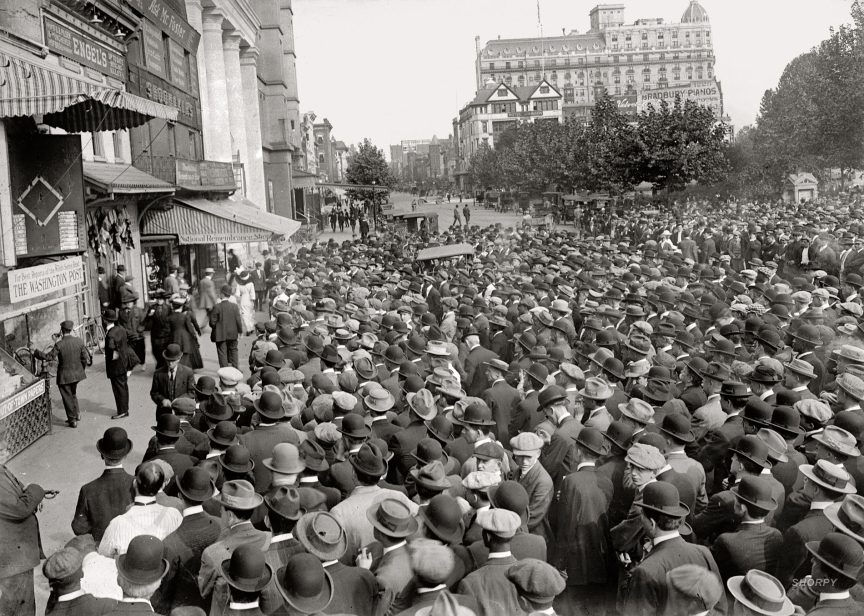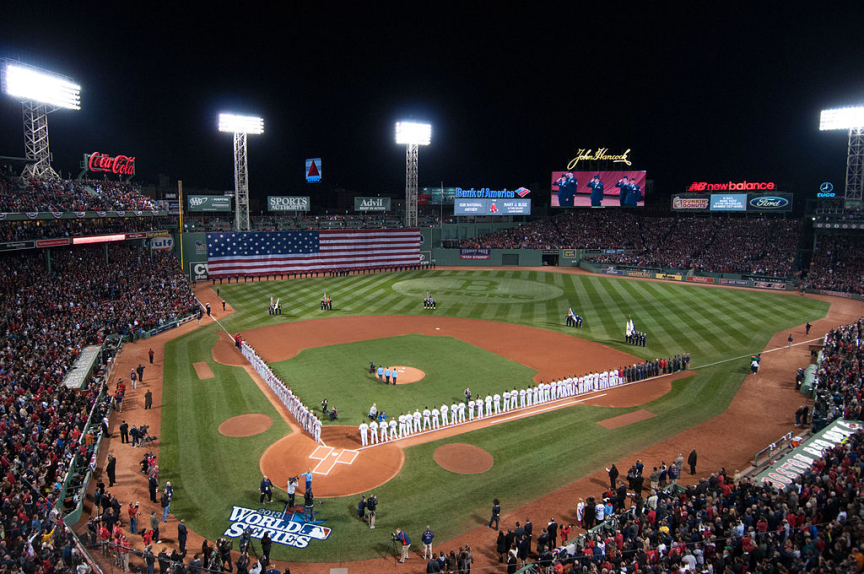What the World Series Means to America
Baseball's World Series has changed over more than a century but remains a cultural touchstone

The baseball postseason is underway and will culminate in the World Series, when the National League and American League champions face off in a best-of-seven series. Rutgers Today asked Louis P. Masur, distinguished professor of American studies and history and author of Autumn Glory: Baseball’s First World Series, (Hill & Wang 2003), to set the cultural and historical stage for us.
The World Series is over 100 years old now. In cultural terms, what did it mean in 1903? In 1964? What does it mean now?
Masur: Since 1903, the World Series has been played every year but twice: 1904, when a bitter National League refused to play against the upstart American League and 1994, when a players strike brought the season to a close. The World Series has always shaped and reflected American culture. For the first 60 years, it was largely an east coast event, and teams from New York dominated. But as the nation developed, so too did the World Series. Two of those New York teams moved to California and played in the series in 1959 and 1962. Until 1969, the two pennant winners advanced to the World Series. Since then, postseason play has developed to the point where there are two wild card teams who play one game to advance. Despite the expansion of professional sports and the competition for viewers’ attention, the World Series remains a touchstone of the culture. In 2001, in the aftermath of 9/11, President George Bush threw out the first pitch in Game 3 of the World Series in New York, and Americans breathed a bit more easily.

Masur: From the start, commentators connected baseball to the American character. A team game that elevates individual accomplishment, a game played without a clock that evokes a simpler time, a sport that holds up a mirror to the nation, baseball continues to shape our society. Think of Jackie Robinson and desegregation or, less savory, the use of performance enhancing drugs. Baseball is remarkable theater, a sport where the underdog always has a chance and where no one adheres to a script. It offers an essential view of the nation.

Masur: What ties then to now is that time stops for fans of the World Series. Whatever one is doing, supporters pause to follow the action. Today, with mobile devices that broadcast anywhere and twitter feeds that continually update, it is a lot easier to learn what is taking place than in 1912. But the desire is the same. Today’s crowds are more diverse, but so too is the United States as well as the players on the teams. Baseball remains a key strand of the national DNA.
Media contact: Ken Branson, kbranson@ucm.rutgers.edu; 848-932-0580, cell 908-797-2590